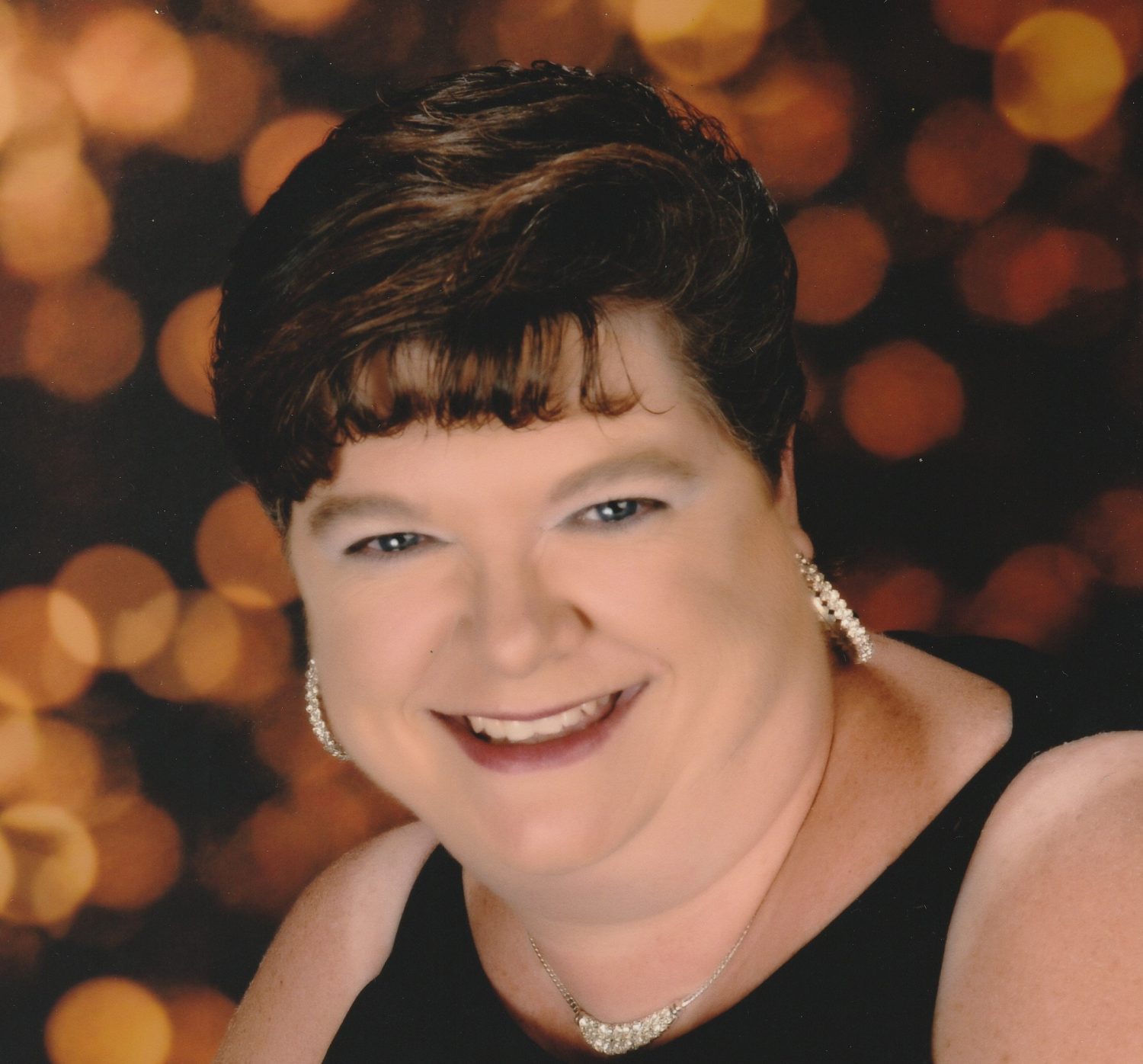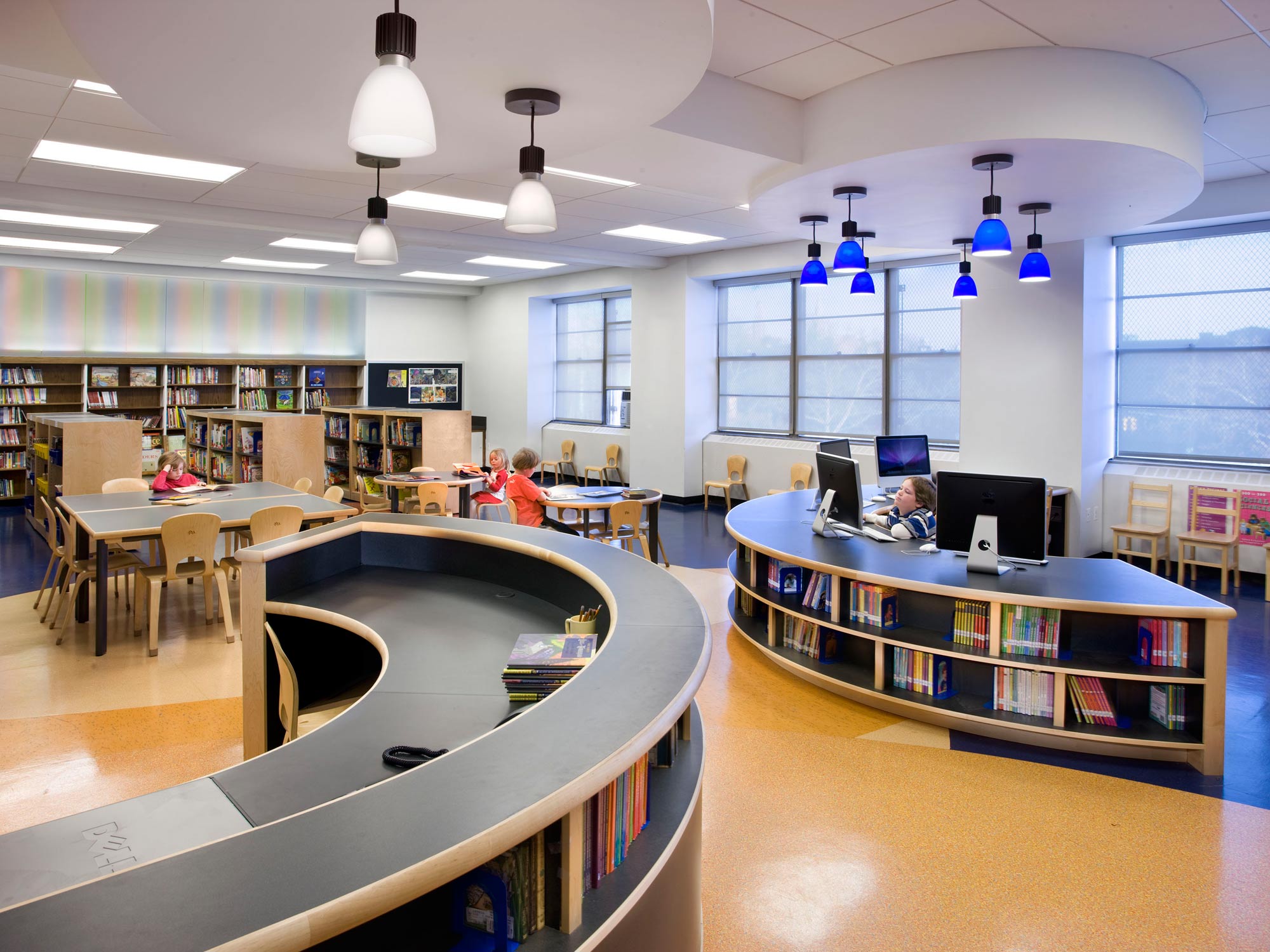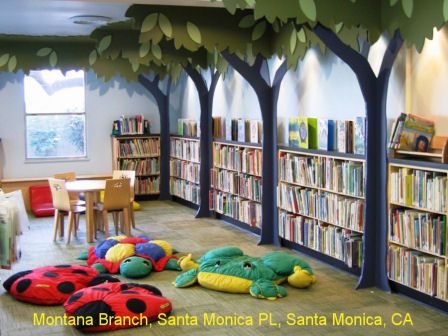
“Either write something worth reading or do something worth writing.”
Benjamin Franklin


“Either write something worth reading or do something worth writing.”
Benjamin Franklin
The school library I will be redesigning is my school library at Petty Elementary.
In Margaret Sullivan’s article Divine Design (2011), she talks about five factors to consider when redesigning a school library. I kept these factors in mind while I was redesigning my library.
The Five Factors for redesign:
1. Make sure your spaces are flexible.
2. Make your books more attractive and more visible to see.
3. Make sure you have a strong infrastructure.
4. Make the library functional, not just pretty.
5. Try to bring the outdoors in.
Sullivan, M. (2011). Divine design: how to create the 21st-century school library of your dreams. School Library Journal, 57(4), 26-32

The major problem with Petty Elementary Library (PEL) is it has an open concept design which makes it hard to have more than one thing going on at a time. The library is constantly being closed to students, because other events are going on. Some of the things I would want to do was move all the computers from the outside walls and put them in a circle design in one corner. The computer/book shelf tables (see photo 1) would allow for better supervision of students by staff, because the students will not be spread the whole length of the library. The book shelves will allow books to be relocated from the back corner so a makerspace area could be created. During the day the sun is coming into the library through sky lights that make seeing the projection screen hard to see. By moving the presentation area to the back of the library away from the sky lights it will be easier to see the projection and create classroom feel for whole group teaching. This will also allow the area by the sky lights to be changed into small reading areas lit by the sun (see photo 2). I would also make a 3D moral on the wall to give the feel of being outside (see photo 3). When it comes to the infrastructure PEL is very sound. The library has many electrical plugs which will allow furniture to be moved without running extension cords. The last thing I would do is to move the circulation desk down so students and staff don’t have to walk behind it to get the ISS room.



 Fly Guy’s Big Family by Tedd Arnold
Fly Guy’s Big Family by Tedd Arnold
One fly is distracting, two is annoying, what is a 100? The answer can be found in Tedd Arnolds’ 17th book in his New York Times Bestselling series Fly Guy. Fly Guy’s Big Family allows the reader to see the closeness of a family from the view point of a fly.
Buzz Fly Guy’s owner notices Fly Guy is sad and misses his Muzzer and Fazzer (fly talk for Mother and Father.) Buzz decides to throw a surprise party and only invite Fly Guy’s family. After placing mini invitation signs in all the trash piles in the neighborhood and Fly Guy’s family is guaranteed there is no “Swatterezz” the party begins.
Creating words that represent the sounds flies make for example “yezz, cuzz, bruzzer, sizzter, and auntzie” makes the dialogue believable and fun. Arnold’s ability to design the book with chapters gives the feel of a chapter book that even low level readers will be happy to read.
So, what will Fly Guy think of his surprise party? What will Buzz’s parents think about all the flies? Take time from your “buzzy” schedule and find out.
3rd – 6th Grade Mystery Subject Collection
For my Subject Collection assignment, I chose to supply my collection with mystery book for 3rd – 6th grade. I also decided to focus on male main characters. I chose 3rd – 6th grade because I teach 3rd grade and I wanted to focus on an age group that would give me resources in the future. I’m always looking for good books to buy for my classroom library. I’m also not just talking about on level books. As a teacher, it breaks my heart to see students that are low readers not read. It is like “which came first the chicken or the egg.” Low students will not read because it is hard to, but they won’t get better if they don’t read. I agree with this, but I think part of the problem comes from the lack of books there are for low reading level students. Don’t get me wrong I know that there are low-level books, but not ones geared toward students that are in higher grades. I have seen this first hand with my students. I have 3rd graders that read at a first-grade level. When they go to the library, they come back with books they can’t read, and I don’t blame them. I wouldn’t want to be going to the “baby section” (student slang for 1st-grade books) when my friends are in the “big kids section” (another student slang). In this assignment, I not only wanted to find on level chapter books but lower level chapter books with the content that is more appropriate for high elementary grades. However, low readers aren’t the only problem I have with my 3rd graders. I have high readers that read at a 6th or 7th-grade level that can’t find books at their reading level that are at the lower maturity level. There are some great books out there, but my 3rd graders are not mature enough for middle school content. When picking my subject, I hoped I would be able to find the books I wanted.
I chose mystery books with male main characters because I want boys to see that there are interesting fiction books, not just girly books. Right now in technology, there is a big push for girls to become interested in science since in the past it was primarily looked at as a male driving field. In a way, reading is the same but in reverse. You don’t see a lot of boys interested in fiction, and it tends to be the girls that do the most reading. I think this is because there are not that many boy books available. This thought is what gave me the biggest challenges. When I started looking for mystery books most of what I found had main girl character. I guess it is another way writers try to let girls know they are capable of doing anything they like, including solving mysteries and go on adventures. Don’t get me wrong I am all for “girl power,” but I don’t want to lose the boys in the process. Another challenge was the names of the main characters. Sometimes I would read a review and think “I love this book it will be great.” then I would look at the pronouns and see the main character was a girl. Whatever happened to Emma, Barbara, and Nancy for girl names?
I used three different resources to do my assignment. The first one was the public library. I browsed through their student books to see what librarians were putting on their shelves. The second resource was chain stores. I wanted to see what was out there and who was buying them. At one of the stores, a grandmother was there with her grandson, and she mentioned he did well on his report card and she was to treat him to a new book. The little boy looked to be around kindergarten and was so excited to get a book. I hope he keeps that excitement as he grows up. The last and largest resource I used was Follet Titlewave. Titlewave allowed me to do advanced searches to narrow down my choices. I was able to use mystery for the keyword, set the reading level, the years I wanted and the number of reviews I want the books to have. After that, all that was left was to do was read, read, and do more reading. I now understand why librarians use journal reviews to help narrow down their choices. In the end, I feel I was able to create a nice collection that I can use in my future library.
James Patterson and Chris Grabenstein, authors
Juliana Neufeld, illustrator
Copyright 2018
ISBN: 978-0-316-34955-0
Price: $14.99
Treasure Hunters: Quest for the City of Gold shows James Patterson’s talent for writing youth fiction is as great as his adult fiction. Twins Bick and Beck Kidd along with the rest of the Kidd family are off to Peru to find the Lost City of Gold. Their quest is not an easy one for they must endure dangerous jungles, gun-toting pirates, and their lovesick brother. Treasure Hunters mixes kid-friendly action adventure fiction with historical City of Gold information. Low 3rd-grade readers may struggle with some of the Spanish words, but it will not take away from the understanding of the story. I would highly recommend this book for grades 3-6. However, it would be an easy, enjoyable read for higher grades as well.
It has been a long six months, but I now have a mentor. Libby McGee has been the Tulso-Midway Intermediate School librarian for 12 years. She was very excited to become my mentor and to top it off, she also graduated from UNT.
Group Discussion
Are we (school librarians) tipping backward or forward?
I started in the Librarianship program for my love of books. Outside of sending my students to the library to get a book. I didn’t have any knowledge or understanding about the running of a library. I was unaware of all the things a library could offer for its students. So, to answer the question about whether school librarians are tipping backward or forward I would have to say backward. My thinking is if the school librarians were doing all they could I would have known more about it. With that being said I feel that our fellow student Cassandra Clark made a good point. She thought that the tipping backward or forward depends on the outlook of each library and how much they understand about educating the 21 Century Learner.
What are our greatest strengths and our greatest weaknesses?
The more I learn about school librarians and the more of them I meet; I would say our greatest strength is passion. We have a passion for reading, passion for teaching, and passion for students. Our greatest weakness at least in elementary schools is the school boards, administrations, and lawmakers’ ability to see the importance of having a certified librarian in their schools.
How would you advocate for school libraries more effectively?
Margaret Sullivan (2010) wrote that Malcolm Gladwell believed that for things to change you needed to have three factors: “The Law of the Few,” “The Stickiness Factor,” and “The Power of Context” which I agree. However, to effectively advocate you must also know your audience and which factor would work best to sway them. I would work with the school boards, administrations, and parents to see the importance of certified teacher librarians and show how they help the students in their school.
Sullivan, Margaret. (2010). Are School Libraries at a Tipping Point? Teacher Librarian, 37(5), 84
Thank you to my co-authors Emily Parker and Cindy Rich. I really enjoyed working with them. When you get a change check out our webquest.

http://www.zunal.com/webquest.php?w=365660

Just wanted to wish everyone a great Thinksgiving. My house has been full with out of town family. I LOVE IT.
Since 1990 The American Library Association Office for Intellectual Freedom , has keep track of the different challenged books on the market. It was interesting to see how the challenges changed as the years went by and the views of the people change as well. You can see their lists on their website.
http://www.ala.org/advocacy/bbooks/frequentlychallengedbooks/top100
That was the bases for this weeks project. The scenario was “Tonight is open house for your school and the principal has given you 5 minutes to introduce yourself to your new school community. You need to make a good impression while letting the community know what you can do for them. What will you say?”
I enjoyed the assignment it gave me a change to think what I would like to do if I had a library of my own. You can see my presentation under the Advocacy and Leadership Standard on this website.